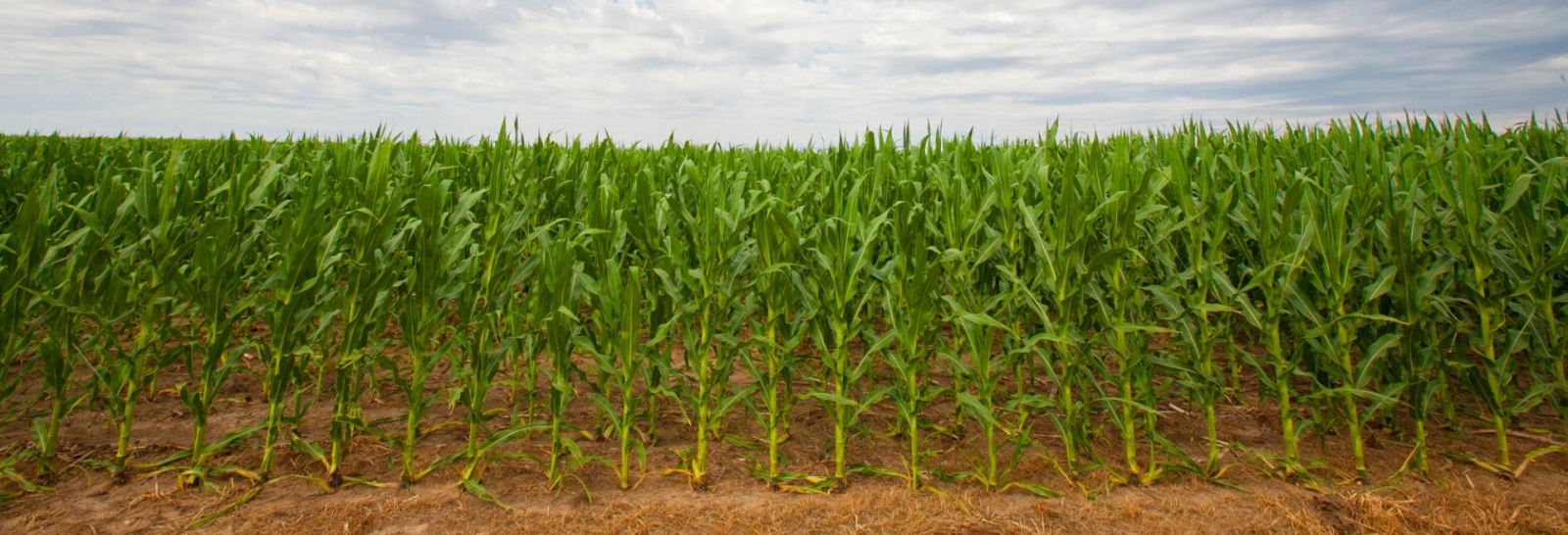March 27, 2015
Consider the following as you gear up for spring nitrogen application in corn:

The price of corn is low compared to pre-2014 harvest prices. This should affect N rate application.
- Account for the value of grain relative to fertilizer N cost using UNL tools such as:
— Fertilizer Suggestions for Corn (EC117);
— the corn chapter in Nutrient Management for Agronomic Crops in Nebraska (EC155);
— the UNL corn N calculator on cropwatch.unl.edu/soils; or
— the on-line tool soiltest.unl.edu.
— Find information and decision tools at soils - In determining N rate, credit the previous crop if a legume, residual soil nitrate-N to at least 2-foot depth, and N from irrigation water and manure.
- Nitrogen supply from applied manure is commonly under-credited and contributions in year two and three after application are substantial, especially with feedlot manure.
Use N-LAT (Nebraska N Loss Assessment Tool) to estimate average N loss to leaching, volatilization, denitrification, and nitrous oxide emission, and determine the effects of alternative practices. Conditions affecting N loss vary greatly within and across fields, and N-LAT is useful for identification of the high loss areas.
Volatilization loss with surface application of urea or urea ammonium nitrate is a concern. Calcareous soil, heavy crop residue cover, and delayed rainfall following application contribute to greater loss. Consider use of a urease inhibitor if risk of loss is relatively high (i.e., as determined by N-LAT). Rainfall or irrigation of 0.25 to 0.50 inch is sufficient to move the urea into the soil and greatly reduce potential N loss.
If weather conditions delay N application, give priority to timely planting. The N can be applied after planting.
Germinating seed and emerging plants near a shallow band of spring-applied anhydrous ammonia can cause seedling damage. Avoid planting near such bands.
If more than 50% of the crop residue was removed in a continuous corn cropping system, corn yield potential in irrigated or Corn Belt fields may remain the same or increase. Preliminary research shows that N rate can be reduced by 20 lb N per acre and not affect yield, because of less immobilization of fertilizer N by microbes breaking down crop residue; this is not yet confirmed.
Nitrogen use efficiency can generally be improved by side-dress application or fertigation of most of the N in-season such as at the 8-leaf stage or later.
- Apply up to 75 lb N/acre pre-plant, a total of fall and spring application.
- Apply in-season to meet crop needs according to the:
— balance of the UNL recommendation;
— pre-sidedress nitrate test (PSNT) (see PSNT article in CropWatch); or
— use of handheld reflectance sensor, or on-the-go sensing and application; these require a reference area with a high pre-plant N application for most efficient use.
Participation in the Nebraska On-farm Research Network is one way to test the benefit of alternative practices to obtain high quality, location-specific information. The Network has several trial procedures for testing N management practices being used by producers across the state, giving you an opportunity to compare your results with theirs. View research procedures and see if one of these current on-farm research projects might be a good match for your operation:
- Preplant application: UNL rate, UNL - 30 lb/ac, UNL + 30 lb/ac
- Preplant application: UNL rate compared to grower's rate
- Preplant application: UNL uniform rate compared to variable rate application
- Preplant application: Maize-N compared to grower's rate
- Sidedress application: UNL rate, UNL - 30 lb/ac, UNL + 30 lb/ac
- Sidedress application: PSNT rate, PSNT - 30 lb/ac, PSNT + 30 lb/ac
- Sidedress application: grower's rate compared to the Maize-N rate
Project SENSE is a new Nebraska On-farm Research Network effort to assess on-the-go sensor-guided in-season N application.
Charles Wortmann, Brian Krienke, Charles Shapiro, Tim Shaver, Gary Hergert
Nebraska Extension Soils Team
